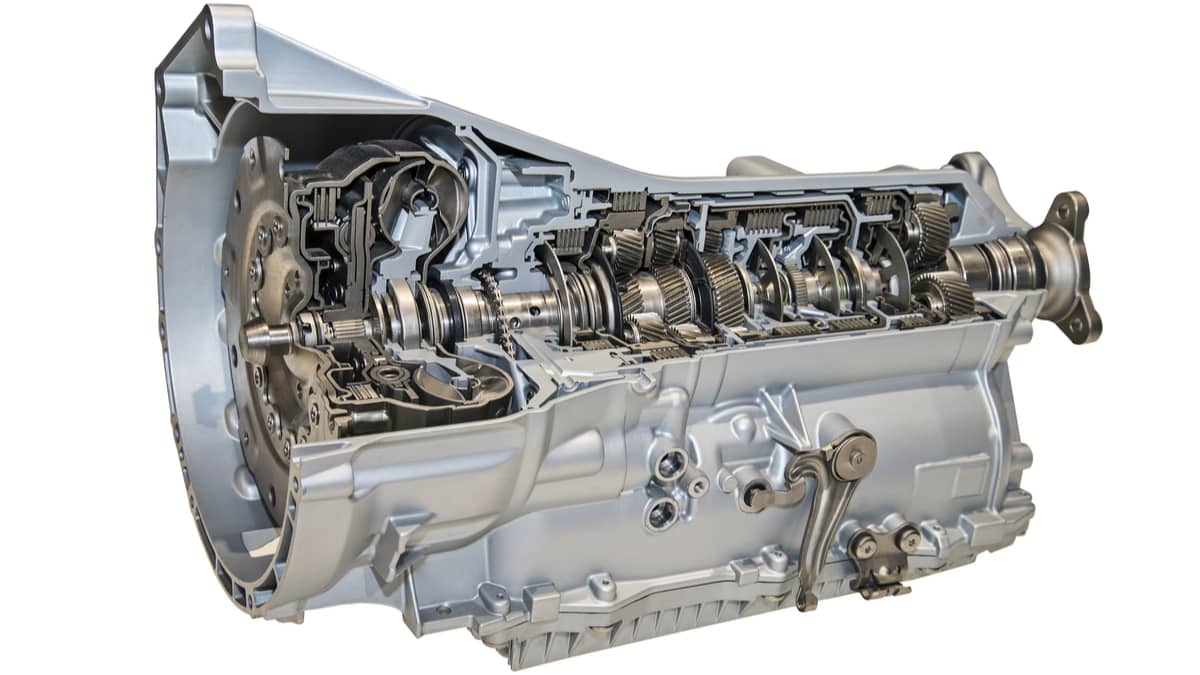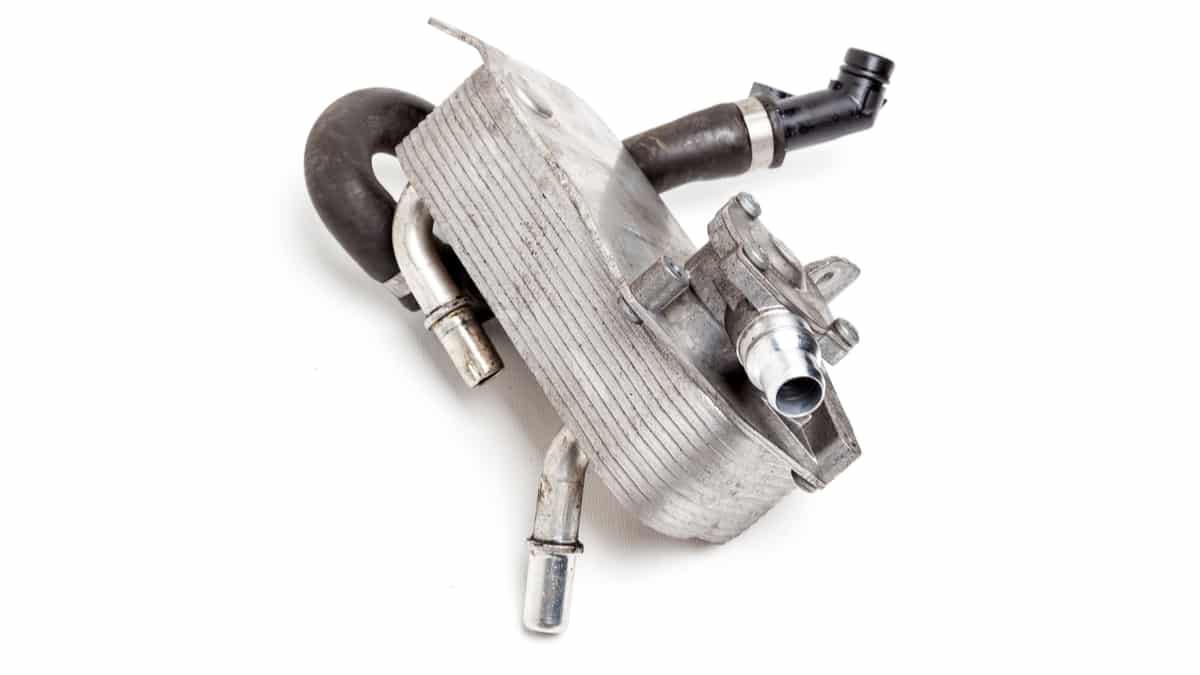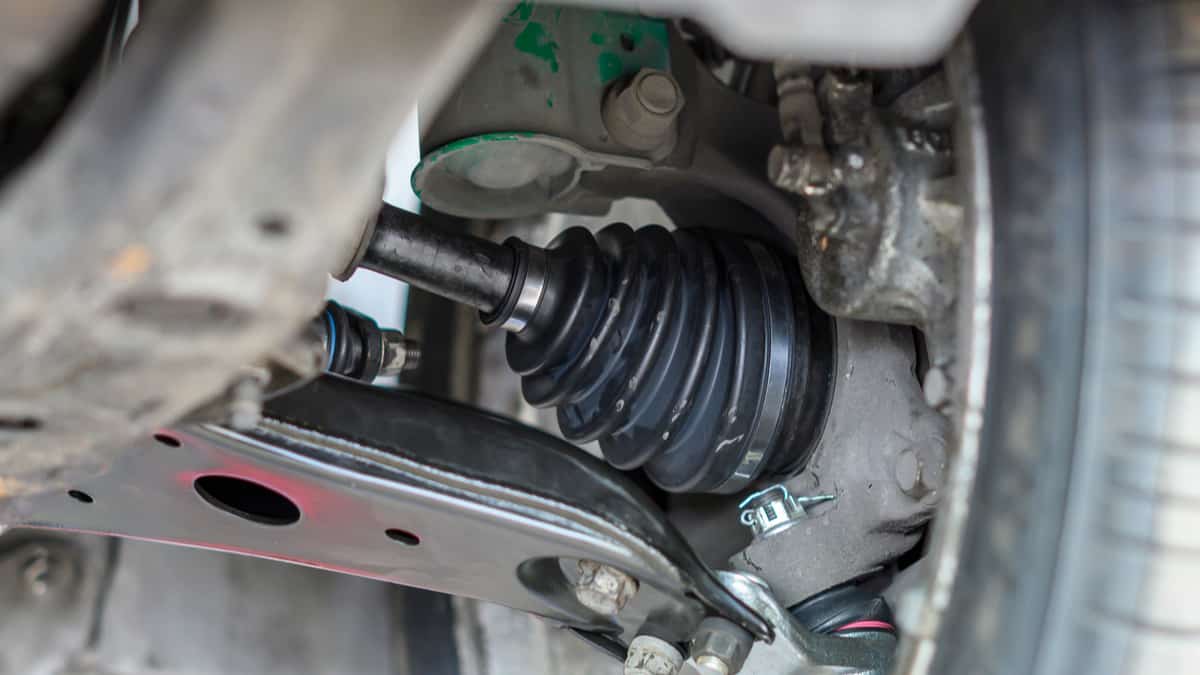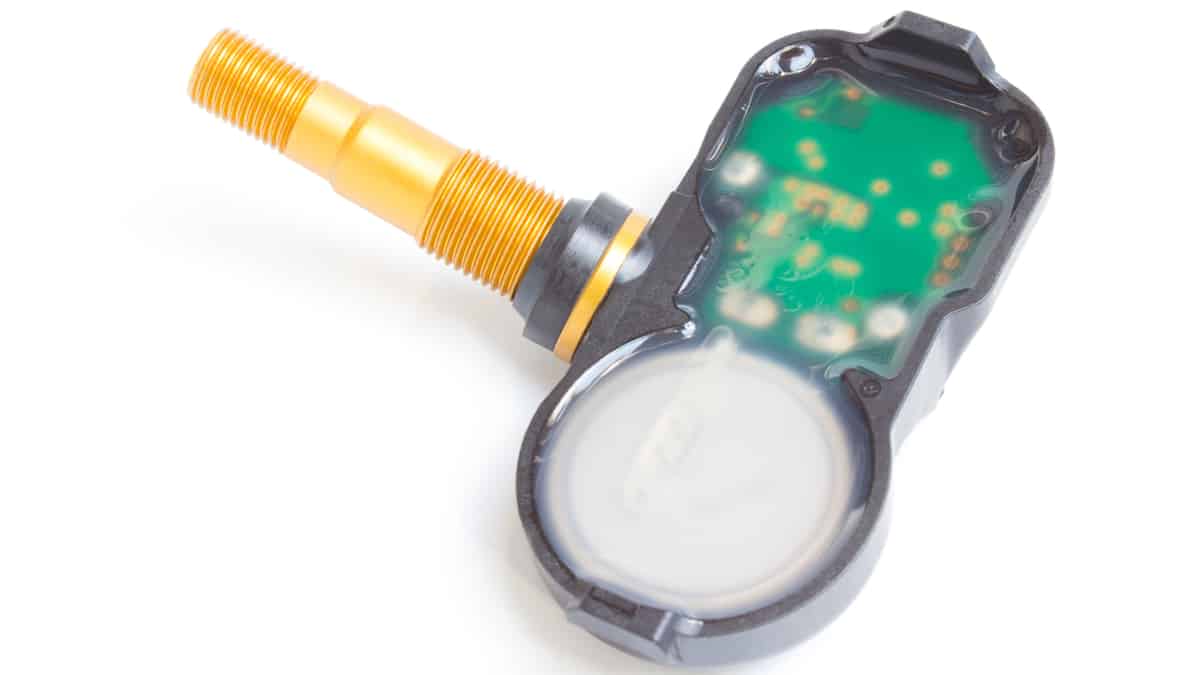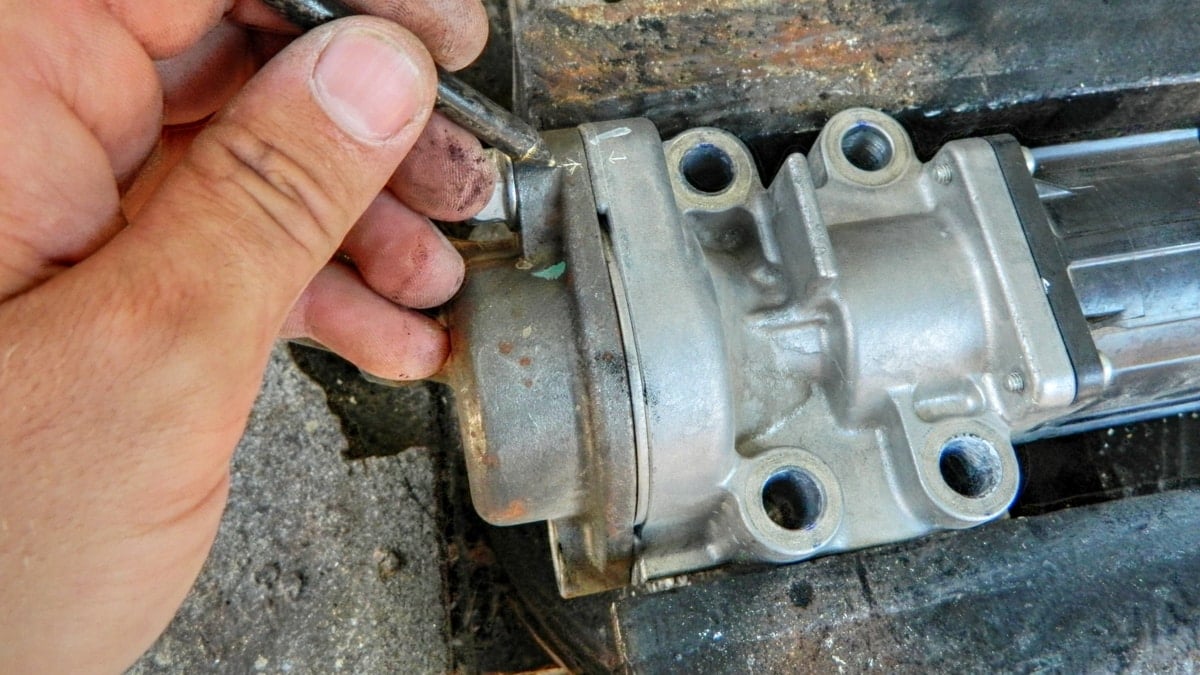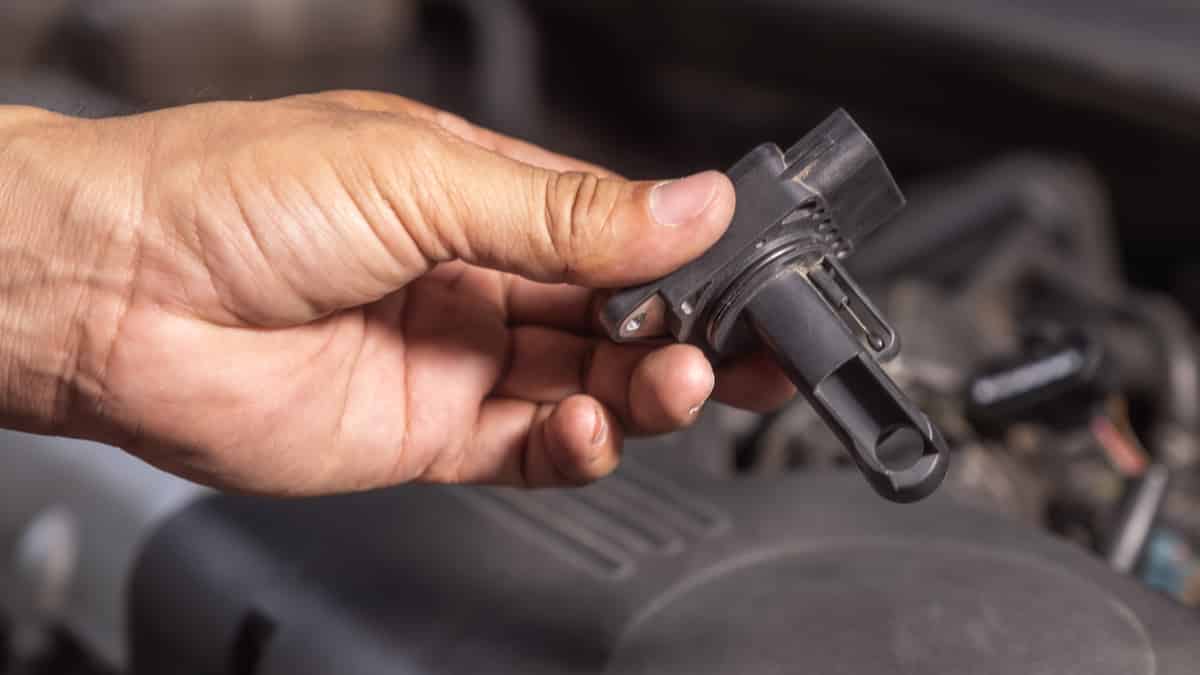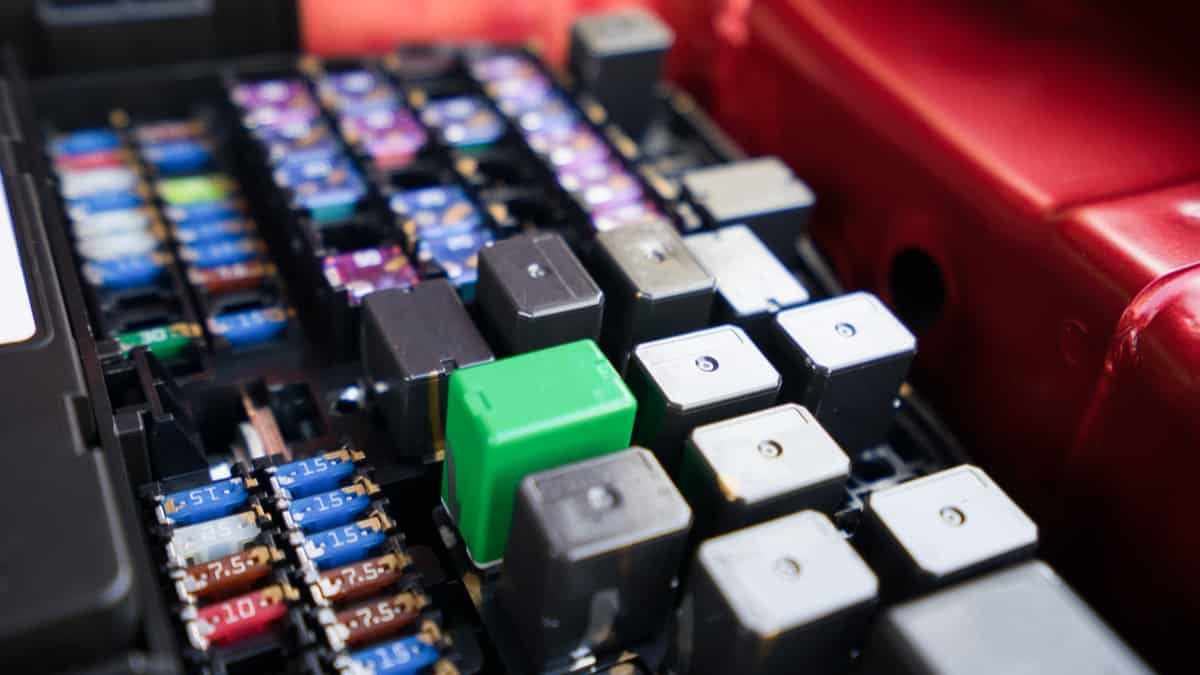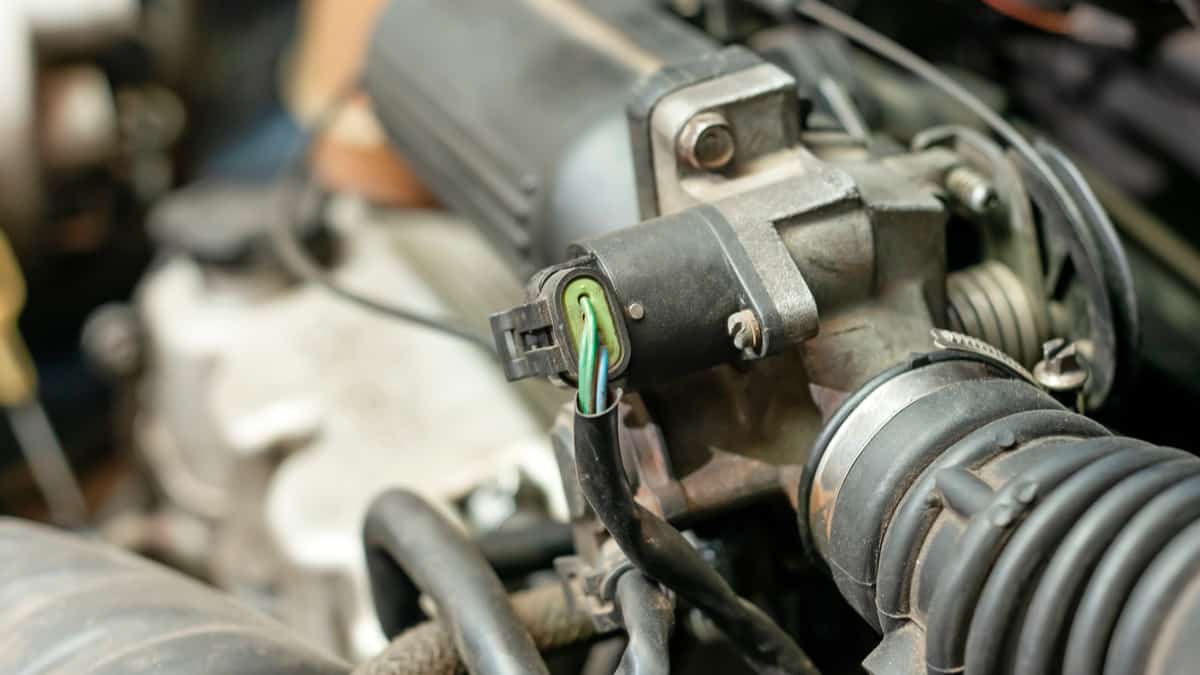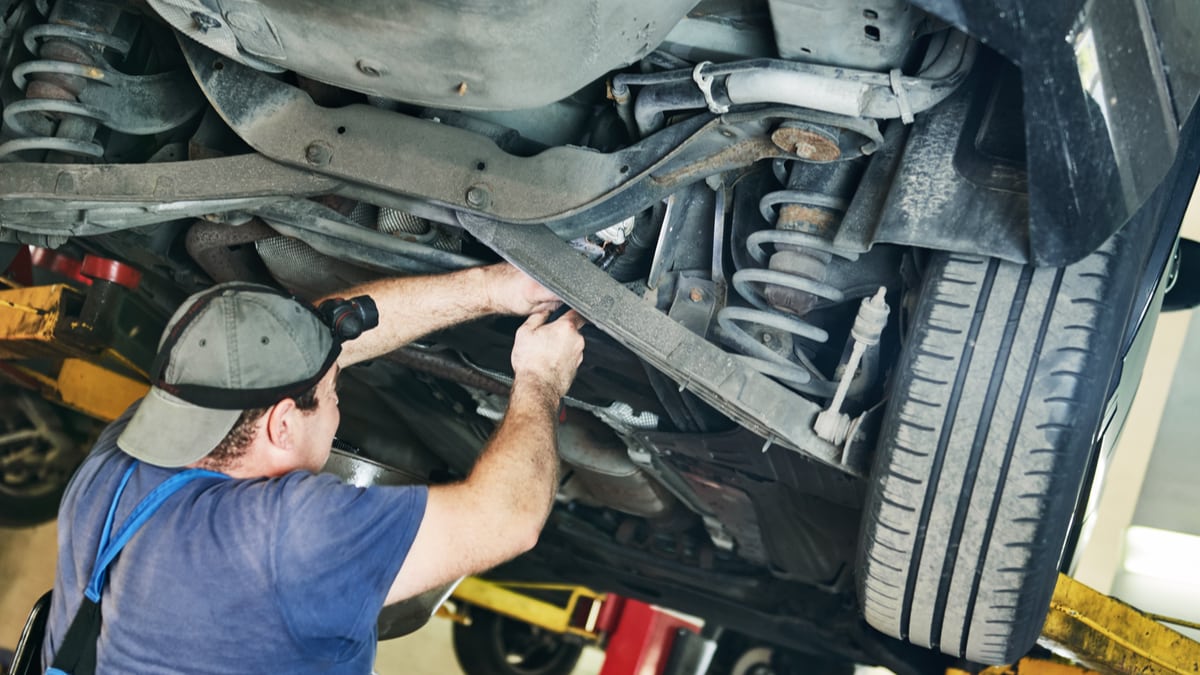When everything is functioning the way it should, there’s no reason to worry. But when you start to feel things shifting around as you drive, that should be more than just a little concerning.
When your transmission mounts start to wear down, that’s precisely what can happen. This can lead to tons of problems and expensive repairs. In this guide, I’ll break down the five most common symptoms of a bad transmission mount, where you can find them, what they do, and how much it costs to replace them. Let’s begin with the signs to look for.
Symptoms Of A Bad Transmission Mount
The most common symptoms of a bad transmission mount are clunking, bashing, or banging noises coming from the transmission. You may also notice excessive vibrations coming from the transmission while driving.
While a bad transmission mount can lead to more expensive repairs if you don’t get it fixed, if you don’t know what’s going on and what to look out for, you’ll have no idea that your transmission mounts are the problem.
If your transmission mount is damaged, you’ll need to replace it as soon as possible to prevent further damage. The most common damage is broken engine mounts, but that can quickly spread to hoses, belts, and even your vehicle chassis.
A repair that should’ve only cost you a couple of hundred bucks can quickly turn into a thousand-dollar issue if you don’t repair it promptly.
Here is a more detailed list of the signs of a bad or failing transmission mount to look for:
1. Clunking, Bashing, or Banging Sounds

Your transmission mount holds your transmission in place, so if it starts to wear down, or breaks altogether, you can expect to hear all kinds of noise as it shifts around. These noises will be especially prominent while turning, accelerating, braking, or starting and turning off your vehicle.
The noise’s exact sound will vary based on how damaged your transmission mount is and by the type of vehicle that you drive.
2. Excessive Vibrations

When something as big as your transmission is shifting around, you’re bound to feel it. While you’ll feel large shifts as your transmission slams into different parts of your vehicle, before it gets that bad, you’ll feel everything as vibrations.
Just as the noises get worse under certain circumstances, those vibrations can get worse too. The more the transmission shifts, the more you’ll feel these vibrations. If the problem gets bad enough, you might feel vibrations every time your vehicle is running.
3. Chassis Flex

If your transmission mount is damaged enough and you don’t repair it, it can start to damage your vehicle’s chassis. Each time the transmission shifts, it slams into the frame, extending that force to the chassis.
The more that it does this, the more force it puts on the chassis. If it does it enough, damage can result. Repairing your vehicle’s chassis is an extremely expensive process, and sometimes, the total cost simply isn’t worth it.
4. Drooping or Sagging Engine/Transmission
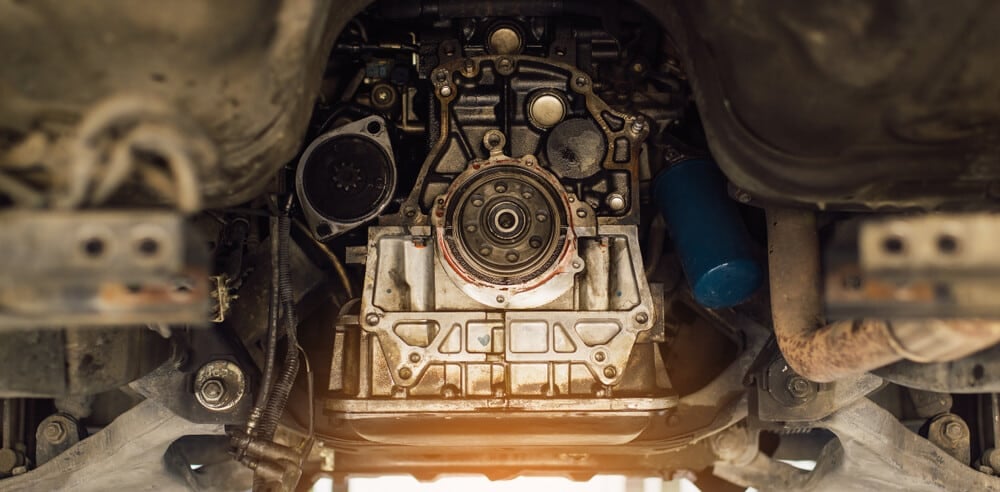
Before diving too deep into the weeds to find out what’s going on – just take a look at what’s happening under your vehicle. If you look underneath and see that your engine or transmission is sagging or out of place, you need a new engine or transmission mount.
Also, be prepared that having your transmission or engine sag like that might have damaged some other components that you need to repair now, too.
5. Cracked or Worn Bushings
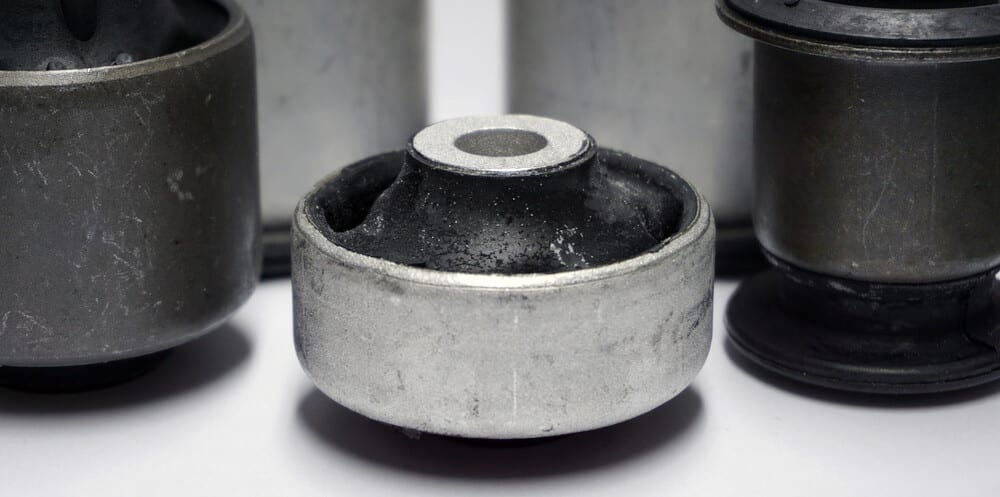
Even if you look underneath and don’t see a sagging or drooping transmission or engine, that doesn’t mean that everything is fine – it just means that it hasn’t gotten that bad yet. Take a closer look at the bushings.
If they’re cracked or worn out, you probably need to replace them. The good news is that you’re catching the problem early and you shouldn’t need any extra repairs yet. But that doesn’t mean you should put it off, because these small cracks can quickly turn into big problems if you don’t replace them.
The Function of a Transmission Mount
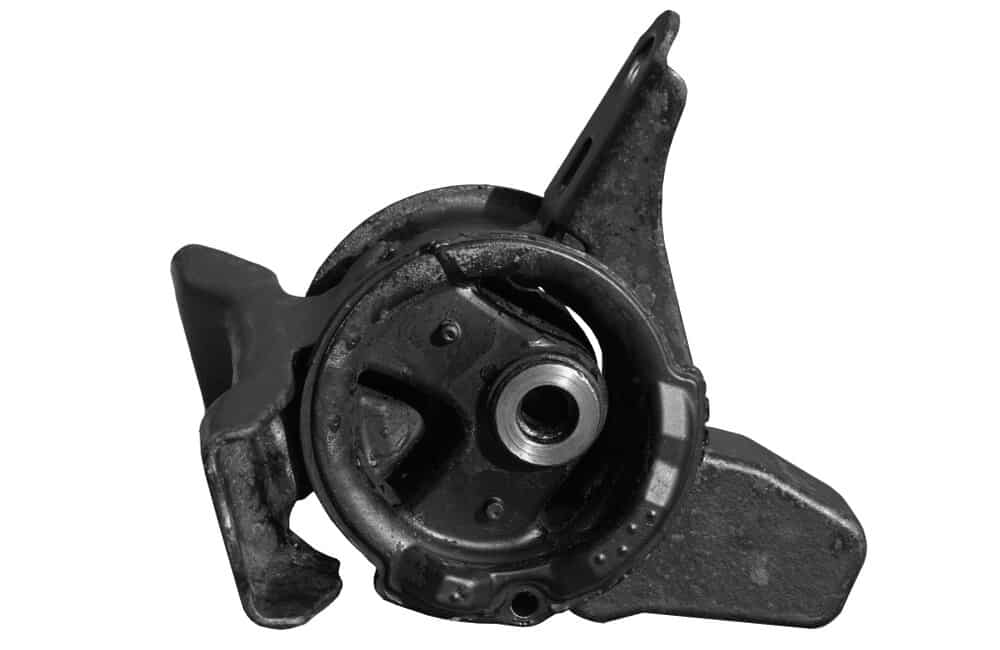
If you break down the name, a transmission mount does exactly what you think it does – it’s what mounts your transmission to the frame. The frame is the only component on your vehicle sturdy enough to handle all the weight that comes with your engine and transmission, and the mounts keep it from shifting around while you’re driving.
This might sound simple enough, but if it’s not working correctly, you’ll run into all kinds of problems.
Transmission Mount Location

The transmission mount is located between the frame and the transmission. The transmission mount location differs a little bit depending on if you have a front-wheel-drive, rear-wheel-drive, or 4wd, because of the different transmissions.
Finding your transmission mount is easier than you think. First, locate your transmission and find where it intersects with your vehicle’s frame. This is where you’ll find your transmission mount.
The transmission mount will usually have a bolt running through the frame and your transmission, connecting them with a nut. The bolt will also run through the bushing itself, which can be inset into the frame.
Everywhere that your transmission connects to your frame will have a transmission mount. Otherwise, you’d have a metal-on-metal connection that would lead to a ton of premature wear and damage.
Transmission Mount Replacement Cost
The average transmission mount replacement cost is between $110 and $500, depending on the car model and labor costs. A transmission mount costs $10 to $250, while labor costs $100 to $250
The good news is that a new transmission mount is often pretty cheap, ranging anywhere from $10 to $100. The bad news is that unless you have a transmission jack, you’ll probably need to take it to a repair shop.
Overall, labor usually doesn’t cost too much to replace a transmission mount, typically ranging from $100 to $150. This all comes down to what you drive and how easy it is to access the transmission.
But usually, you won’t have to disconnect the engine from the transmission to replace the mount, making the job easier and cheaper. Not only does this save you money on labor, but that means that the only part you’ll need to replace is the mount itself.
If you have access to a transmission jack and the technical know-how to do the job safely, you should be able to complete the entire job for under $100. If you’re taking it to a shop for repairs, it will typically cost you anywhere from $105 to $220, depending on the specific transmission mount that your vehicle uses.
How long do transmission mounts last?
Transmission mounts generally last for the lifetime of a vehicle. However, they can sometimes become damaged or wear out prematurely. You can expect them to last at least 100,000 miles on most car models.
Is it okay to drive with a broken transmission mount?
No. It is not recommended to drive with a bad transmission mount. A broken transmission mount can cause your transmission to not be properly in position, and this can cause damage to the drive shafts or cables. If it’s really bad, it can even cause your transmission to fall into the ground, depending on the car model.
Can a bad transmission mount affect shifting?
A bad transmission mount can certainly affect shifting. If your transmission mount is bad and the transmission is not fixed in the correct position, it can cause tension in the shift linkage, driveshaft or wirings which can affect the shifting performance.
Can I replace a bad transmission mount myself?
Replacing a bad transmission mount can be tricky and dangerous if you don’t have the right knowledge. To remove the transmission mount, you will need a floor jack to hold the transmission in a fixed position when replacing the transmission bracket. Otherwise, it may fall down.
Categories: Transmission



